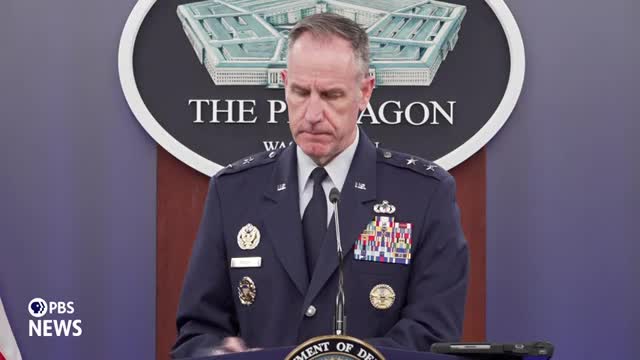North Korean Troops Set to Reinforce Russian Forces in Kursk
This article was created by AI summarizing key points discussed. AI makes mistakes, so for full details and context, please refer to the video of the full meeting. Please report any errors so we can fix them. Report an error »

In a recent government meeting, officials discussed the deployment of North Korean troops to the Kursk region of Russia, with estimates suggesting an influx of 10,000 to 12,000 soldiers. These forces are expected to provide combat or combat support capabilities, although their exact role within the Russian military structure remains uncertain. Current assessments indicate that these North Korean troops are being issued Russian uniforms and equipment, raising questions about their integration into existing Russian units or whether they will operate as independent battalions.
The meeting highlighted the significant casualty rates among Russian forces, suggesting that the North Korean troops may serve as replacements for losses incurred during ongoing conflicts. However, officials noted that the effectiveness of these additional troops will largely depend on how they are employed and integrated into Russian operations.
In a related discussion, the U.S. military's recent deployments to the Middle East were addressed. These deployments are intended to bolster the defense of Israel and deter potential threats from Iran, particularly in light of recent tensions and threats of retaliation from Iranian-backed militias. While there has been an uptick in drone attacks from these groups, officials emphasized that the scale of these threats remains manageable, with most attacks being intercepted or failing to reach their targets.
Overall, the meeting underscored the evolving military dynamics in both Eastern Europe and the Middle East, with a focus on the implications of troop movements and the strategic responses from the U.S. and its allies. As the situation develops, officials remain vigilant and committed to supporting Ukraine and Israel in their respective defense efforts.
The meeting highlighted the significant casualty rates among Russian forces, suggesting that the North Korean troops may serve as replacements for losses incurred during ongoing conflicts. However, officials noted that the effectiveness of these additional troops will largely depend on how they are employed and integrated into Russian operations.
In a related discussion, the U.S. military's recent deployments to the Middle East were addressed. These deployments are intended to bolster the defense of Israel and deter potential threats from Iran, particularly in light of recent tensions and threats of retaliation from Iranian-backed militias. While there has been an uptick in drone attacks from these groups, officials emphasized that the scale of these threats remains manageable, with most attacks being intercepted or failing to reach their targets.
Overall, the meeting underscored the evolving military dynamics in both Eastern Europe and the Middle East, with a focus on the implications of troop movements and the strategic responses from the U.S. and its allies. As the situation develops, officials remain vigilant and committed to supporting Ukraine and Israel in their respective defense efforts.
View full meeting
This article is based on a recent meeting—watch the full video and explore the complete transcript for deeper insights into the discussion.
View full meeting